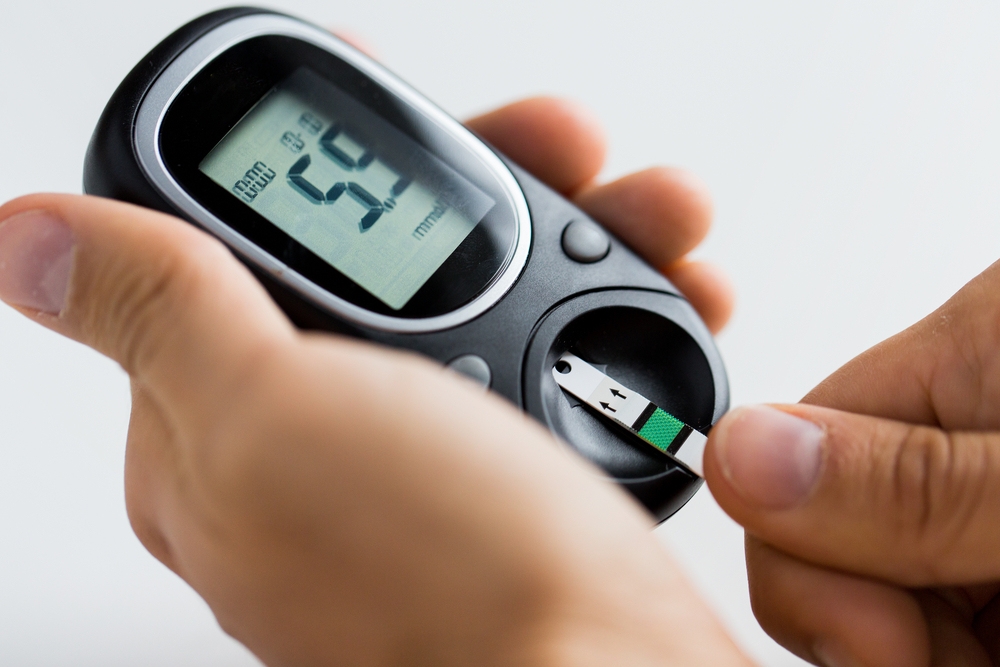
There are always complaints from diabetics:
I have diabetes, high blood sugar after eating, hypoglycemia after not eating, and I don’t know how to eat.
In fact, diabetes diet is not so complicated. Today, Dr. Clove summarized seven principles of diabetes diet, an article, how to eat diabetes.
Diet should be quantified.
To control the disease, it is very important to shut up. You can’t eat what as much as you want to eat what, but you can eat as much as you want, but you should reasonably control your dietary intake.
How much each person should eat every day needs to be determined by a nutritionist or doctor according to the individual’s situation. The following recommended amounts can be used for your reference. The weight is the raw weight before cooking:
- Staple food: 250 ~ 300 g/d for males and 200 ~ 250 g/d for obese people; 200 ~ 250 g/d for women and 150 ~ 200 g/d for obese people. Meat: not more than 150 g for men and 125 g for women. Vegetables: at least 500 g per day, it is better to eat 1000 g. Oil: 25 ~ 30 g/d for men; Female 20 ~ 25 g/d.
In particular, it is reminded that as the situation of diabetic nephropathy patients and gestational diabetes patients is more complicated, doctors are required to determine the diet plan, and never blindly copy it.
Eat regularly
Diabetes patients should reasonably arrange the daily meal time, with the two meals separated by 5-6 hours and at least 4 hours.
Eat regularly and quantitatively every day. When it is time to eat, even if you don’t feel hungry, you should eat in an appropriate amount to prevent blood sugar fluctuations caused by eating too much when you are hungry and the amount of food you eat is difficult to control.
The pattern changes to eat
Although we need to control our diet, it does not mean that we can only eat a single diet every day. Each kind of food has different nutritional ingredients. We need to match food reasonably to meet the needs of our bodies.
Therefore, staple food, meat, eggs, milk and vegetables need to be eaten. If blood sugar is well controlled, you can also eat some fruits in an appropriate amount.
In addition, the same kind of food can also be changed. For example, if you eat pork today, you can eat chicken tomorrow and fish the day after tomorrow, you can prepare a rich diet.
Grain is more coarse and less fine.
The grain mentioned here is the staple food, including rice and noodles that we usually eat. As coarse grains have less effect on blood sugar than flour and rice, it is recommended that everyone eat less flour and rice and eat more coarse grains.
Flour and rice refer to the white rice and flour that we often eat, and there are many kinds of coarse grains, including brown rice, oats, black rice, millet, etc.
We can eat flour and rice alternately with coarse grains or with each other. For example, oats and brown rice are mixed into white rice to make coarse grain rice, or a meal of coarse grain and a meal of flour and rice.
Vegetables are both meat and vegetable.
If there are only green vegetables in the diet and there is a lack of proper amount of protein, the patient will feel exhausted and energetic. If you eat too much fat and protein, it is easy to cause excessive energy, overweight and obesity, thus increasing the burden on islets and liver and kidney.
Therefore, our usual diet should be stained with meat and vegetables, and the important thing is collocation.
It is advisable to have multiple meals.
Some patients only eat two meals a day. The disadvantage of eating two meals is that the amount of each meal is relatively large, which is not conducive to the control of blood sugar 2 hours after meals.
In addition, some hypoglycemic drug efficacy maintenance time is also designed according to three meals a day, so, diabetic patients at least three meals a day, which can not only prevent hypoglycemia, but also prevent postprandial blood sugar rise. Conditional patients, can split the day’s food into 4-6 meals, the amount of each meal is less, helping to stabilize postprandial blood sugar.
For patients who inject insulin or are prone to hypoglycemia, it is even more important to divide meals. You can spare part of the food in the three meals and add meals between meals or before going to bed.
Here, we need to remind everyone that multiple meals do not mean multiple meals. The total amount of calories eaten in a day is the same, and the amount of food is fixed, just like cutting watermelons. It is only cut into several more minutes, and the total size of watermelons is the same, so that multiple meals are not large.
Have skill in cooking
The cooking method should be light and simple. Try to avoid adding sugar, thickening, frying, salt and oil. The aim is to reduce energy intake, control sodium intake and help prevent complications.
If you can eat cold, steamed, boiled and stewed, don’t stir-fry or fry, and even avoid frying.
In short, the general principle of diabetes diet is to control total energy and balanced nutrition. Under this principle, there is no absolutely fast food.
For example, when you go out for dinner at noon, if you see a plate of braised pork that is very greedy, you can eat one or two pieces and then have a lighter dinner, which is also possible.
Diabetes diet, the emphasis is on persistence, can be strict with oneself, shut up of course, but there is no need to control blood sugar, live a [ascetic] life every day, and lose the pleasure of life.
